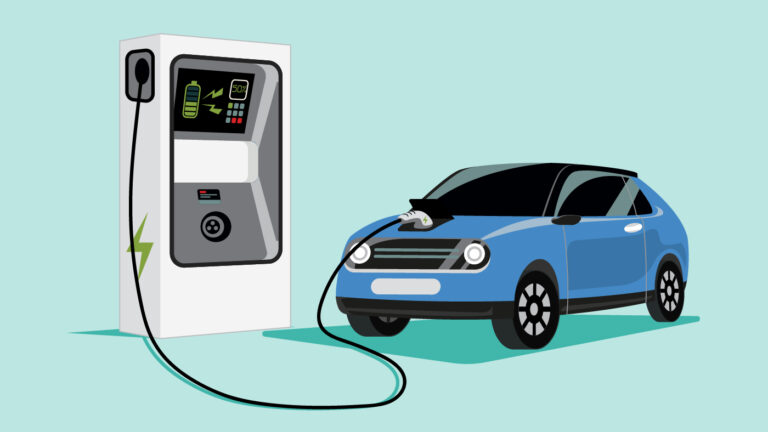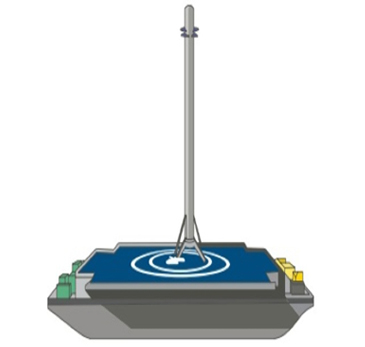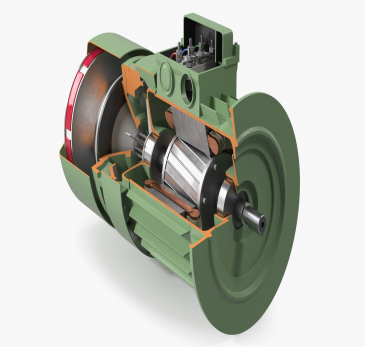
Electric Vehicles Explained: How Power, Policy and Performance Are Driving the Mobility Revolution
Have you ever wondered why EVs are suddenly everywhere from scooters on silent streets to buses gliding across metro cities?
It’s not just hype or climate activism.
It’s engineering, economics, and energy
management working in sync like a well-tuned control system.
And here’s the twist: Once you understand the core design and control principles behind EVs, you’ll start engineering smarter mobility solutions for transport, energy, and even IoT-enabled smart cities.
Let’s break it down.
What is an Electric Vehicle (EV)?
An EV is a vehicle powered by electrical energy stored in batteries, not by internal combustion.

But underneath that simplicity lies a complex system of:
- Power electronics
- Electric motors
- Controllers
- Energy management systems
- Charging infrastructure
And every one of these is ripe for innovation, design optimisation, and real-world problem-solving.
Just like we build control loops in engineering, EV systems work in feedback cycles:
- Power demand → Controller → Motor Response → Feedback (Speed, Torque, Temp) → Adjust power supply
Yes, your EV behaves like a closed-loop control system—optimised for performance and efficiency.
EVs vs IC Engines: The Silent Disruptor
Let’s get real—EVs don’t just replace petrol with electricity. They change the entire vehicle architecture.
| Component | IC Engine Vehicle | Electric Vehicle |
|---|---|---|
| Prime Mover | Combustion engine | BLDC / PMSM motor |
| Energy Source | Fuel tank (petrol/diesel) | Battery pack |
| Transmission | Gearbox, clutch | Often eliminated |
| Emissions | CO₂, NOx, PM | Zero tailpipe emissions |
The EV Market is on Fire – Are You Plugged In?
India aims for 30% EV penetration by
2030.
China, Europe, and the U.S. are already pushing incentives, subsidies, and
infrastructure support.
This is your opportunity to:
- Build an EV start-up
- Become an EV-ready engineer
- Retrofit vehicles
- Design power systems
- Join the green mobility workforce
But first—you need to master the systems that make EVs tick.
The Core of EVs: Component Breakdown
Let’s dive into the heart of what we teach in the full course:
1. Battery Management Systems (BMS)
2. Converters and Inverters
3. Controllers
EV Types:
| Type | Description | Real-World Use |
|---|---|---|
| BEV | Battery Electric Vehicle | Tesla, Tata Nexon EV |
| HEV | Hybrid Electric Vehicle | Toyota Prius |
| PHEV | Plug-in Hybrid EV | Honda Clarity |
| FCEV | Fuel Cell EV | Hyundai Nexo |
EV Charging Infrastructure: The Final Frontier
Designing the vehicle is only half the job. The bigger challenge?
Charging it. Safely. Quickly. Efficiently.
What You’ll Learn in Our Course:
- Public vs Private Charging Stations
- WEVCS Architecture and Design
- AC vs DC Charging Systems
- Real Layouts from ABB, Siemens, Exicom, Delta
Why Should Engineers Care?
Because EVs combine everything you love about engineering:
- Control Systems
- Electrical Machines
- Power Electronics
- Embedded Systems
- IoT and Smart Grids
If you're:
- A student passionate about transport innovation
- A faculty member designing an EV lab or course
- A startup founder working on last-mile mobility
- A government body or NGO rolling out clean transport plans
This course is your toolkit for the EV revolution.
EV Course Highlights (and Why You Should Enroll Now)
- Deep
Tech Lessons
- Construction of EVs from 2W to Buses
- BLDC vs PMSM vs Induction Motors
- Battery Modelling and SOC Estimation
- Comparative Studies
- EV vs IC Engine Analysis (Power, Economy, Emissions)
- EV
Infrastructure Design
- Charging Station Layout
- Grid Impact of EV Clusters
- Case
Studies
- Retrofits in India
- Solar EV Integration
- E-Rickshaw Architecture
Who Should Take This Course?
- Engineering Students (EEE, ECE, Mech, Auto, Power)
- Polytechnic and ITI Students
- EV Start-ups, Battery Suppliers, Charging Infra Designers
- Faculty Building EV Curriculum
- Consultants in Green Mobility
Final Word: Don’t Just Drive the Change. Design It.
The mobility revolution needs engineers who understand power, performance, and practicality.
If you’ve ever dreamed of building a cleaner, smarter future through tech—
EVs are your gateway.
This blog is your starting
point.
This course is your
roadmap.
The future is charged. Are you?
[Join the Electric Vehicle (EV) Charging Station Infrastructure and Technology Now]







